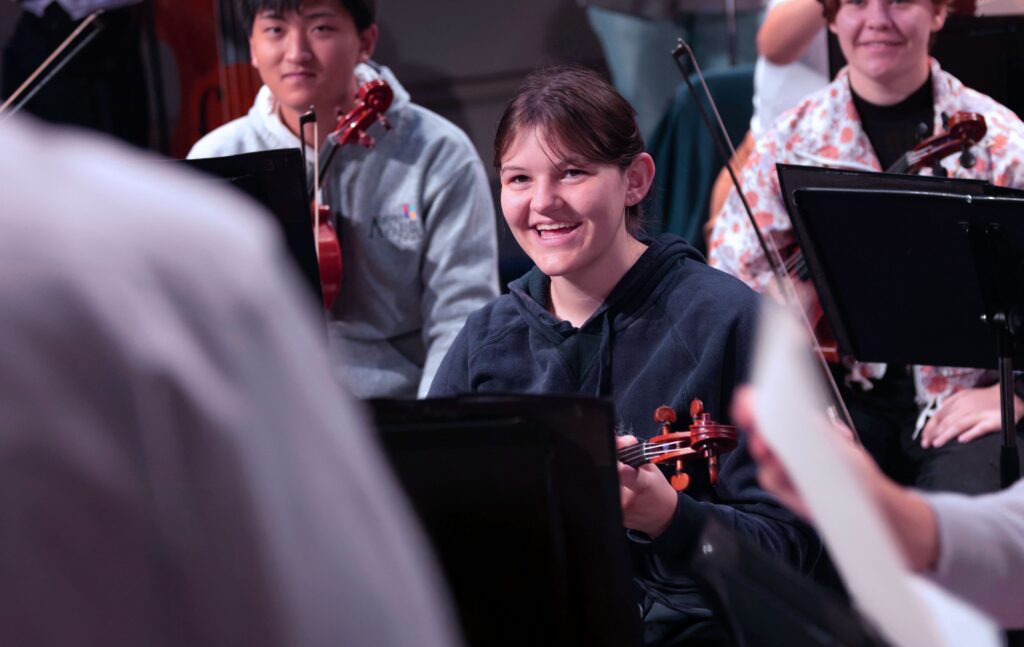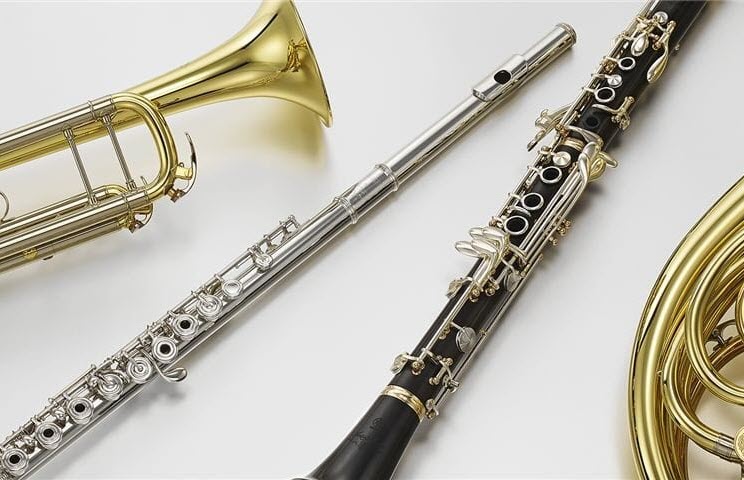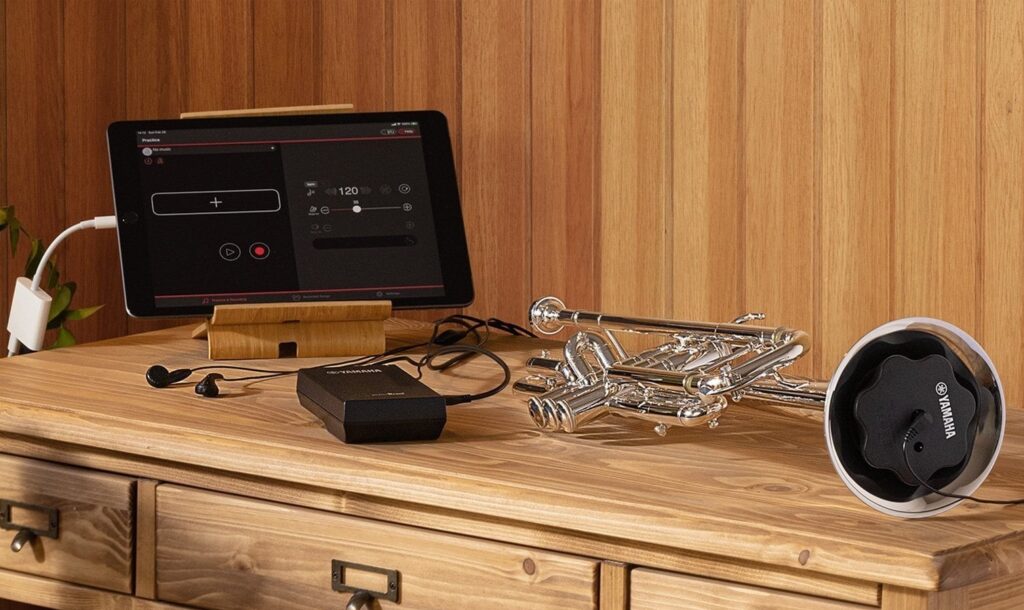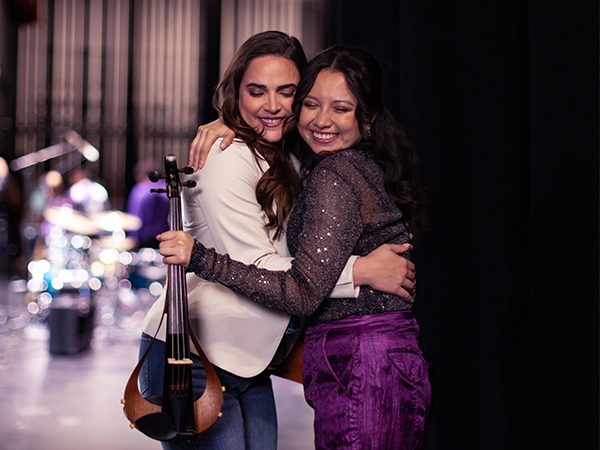Tagged Under:
Back to School: A Parent’s Guide to Renting and Buying Musical Instruments, Part 2
The pros and cons to renting versus buying.
In Part 1 of this two-part posting, we discussed the benefits of playing a musical instrument and described some common parental concerns; we also talked about the positive impact that having an instrument has on a child’s lifelong appreciation of music. Here in Part 2, we’ll get down to the nitty-gritty and talk about choosing the right instrument, along with the pros and cons of renting versus buying.
Choosing the Right Instrument
In some instances, your child may already know which instrument they’d like to play, and going with their instinct is usually the best course of action, since the motivation to learn will already be there.
But many times, beginners are undecided: they may have no particular instrument in mind, or they may only know the type of instrument they want to learn (i.e., “I want to play something I can blow into” or “I want to play something with a bow”). In those cases, you should encourage your child to try out several different instruments and see which one they like best. Yamaha offers several online resources to assist with this, including websites that describe various wind and string instruments, along with tips to help in the decision-making process. Your child’s music teacher can also be a great help in making this decision, so don’t be afraid to ask questions: They will likely have a good insight into the most beginner-friendly options and can advise you on instrument-specific considerations such as quality, accessories and proper care. They can also tell you if the instrument under consideration is available in different sizes. For example, Yamaha YVN Model 3 student violins are available in 1/2, 3/4 and 4/4 (full) sizes. If you get one that’s too large or too small for your child, that can impede their progress. Yamaha also makes a device called the “Fit Stick,” which allows a player to be measured without an instrument in their hands. The Fit Stick is simply placed under the chin; when the arm is extended out, the spot where the tips of the fingers land determines the proper instrument size needed. Contact Yamaha to get one free of charge.
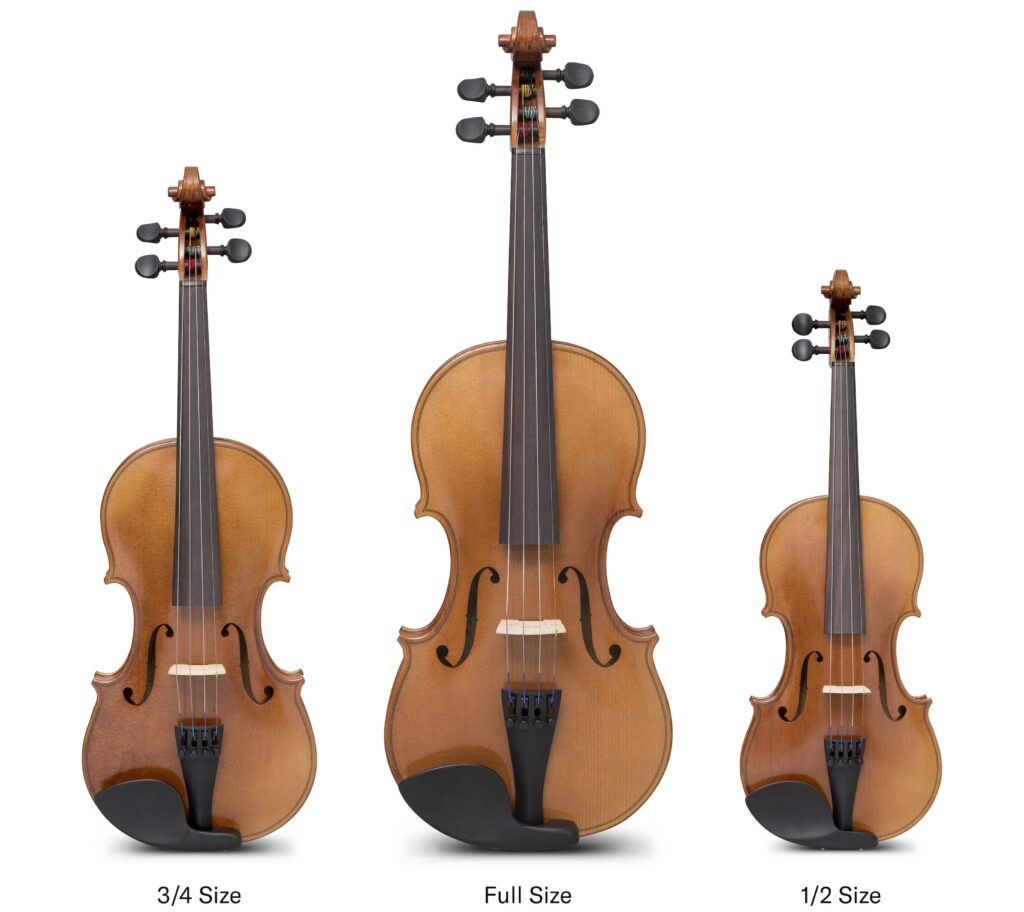

All that said, you may not want to incur the expense of buying numerous instruments for your child to experiment with, and that’s where renting comes in.
Renting an Instrument
Renting can be a smart, flexible choice for many parents of budding musicians. It allows students to experiment with many different instruments at minimal cost to you — a “try before you buy” strategy that can save you money during that exploratory period. “I wanted my kids to play and try different things,” says parent Angela Slawson in the video below, “but it’s expensive to buy everything. Once [my children] picked the ones that they liked, then we bought them the instruments. So we rented to let them kind of explore.”
Most music retailers have rental programs, and your child’s music teacher can refer you to reputable music stores in your area. Many stores even offer a rental night at the start of the school year or the beginning of a new band or orchestra season, and you should try to attend. At these events (which are sometimes held in schools too), students can try out different instruments, and parents can learn about rental costs and options. A music store representative will be on hand to showcase instruments, answer questions and guide families through the rental process. Rental nights may also include presentations about the school’s band and orchestra program, along with opportunities to meet the band and orchestra directors. Sometimes there are even musical performances, making it both an entertaining and informative evening out.
Another major benefit to renting versus buying is that the supplier takes on the responsibility of maintaining and repairing the instrument, at no cost to you. Many non-musicians are unaware of the fact that all musical instruments require regular care to maintain their playability. For example, brass instruments such as trumpet, trombone and tuba need regular cleaning and swabbing, and while the tone holes of most woodwind instruments are covered by pads, some clarinet and oboe tone holes are instead covered by the fingertips of the musician, so they need to be cleaned regularly too. String instruments such as violin, viola, cello, upright bass and acoustic guitar are all made of wood and so are particularly sensitive to temperature and humidity changes, and may need special care during the winter and summer seasons, especially if you live in cold or humid environments. Most people know that acoustic pianos need to be regularly tuned and their keys cleaned periodically, but even guitars, drums, timpani and mallet percussion instruments such as marimbas, vibraphones and xylophones need regular care. These maintenance tasks can sometimes be performed easily at home, but if the instrument has been damaged, you’ll require the services of a trained luthier.
Buying an Instrument
Once your child has decided on which instrument they want to play, buying becomes a strong option, for numerous reasons.
The first is cost: The obvious advantage to buying is that it’s a one-time expense versus a recurring one. Resale value also factors in here, in case your child ever decides to move on to a different instrument or abandon their musical journey (hopefully not!). This is where purchasing a quality instrument — one that suits the player’s needs and level — becomes extremely important, because those are the instruments that last the longest and fetch the highest prices when resold. “I wanted to make sure we got [my children] something good, a quality instrument that will last because it’s an investment,” says Angela Slawson.
How can you determine quality? Your child’s music teacher and your local music store can provide advice and guidance, along with tips as to what to look for in a particular instrument. Yamaha offers a wide range of quality instrument and accessories for musicians at all levels, and our standard models are recommended by many educators for beginning band and orchestra students. What’s more, as your child’s skills grow, Yamaha has the products to help them continue their musical progress.
Quality instruments are not only easier to play, they also sound better. This is an important motivational factor for your child to want to continue learning and growing as a musician. There are few things more frustrating for a beginning music student than having to wrestle with an instrument that’s difficult to play and sounds bad too!
Finally, having a musical instrument they can call their own will give your child a sense of pride. “Once [my children] picked [what they wanted to play], we chose to buy the instrument because it was then their own,” Angela says. “There was a pride associated with, yeah, this is now mine. And I get to play with it whenever I want and however I want. It’s kind of music their way.”
When a child gets an instrument of their own, they will become motivated to care for the instrument themselves, which in turn will stimulate their desire to get better at playing it. And the better they get, the more satisfaction they will get from making music — it’s a circle of accomplishment that spirals upward.
So rejoice when your child announces that they want to learn to play a musical instrument, or come home from school with that note inviting them to join or audition for band or orchestra. View it as the start of a wonderful and fulfilling journey … and know that the process doesn’t have to be overwhelming!
Be sure to check out the Yamaha Parent Resources website.













